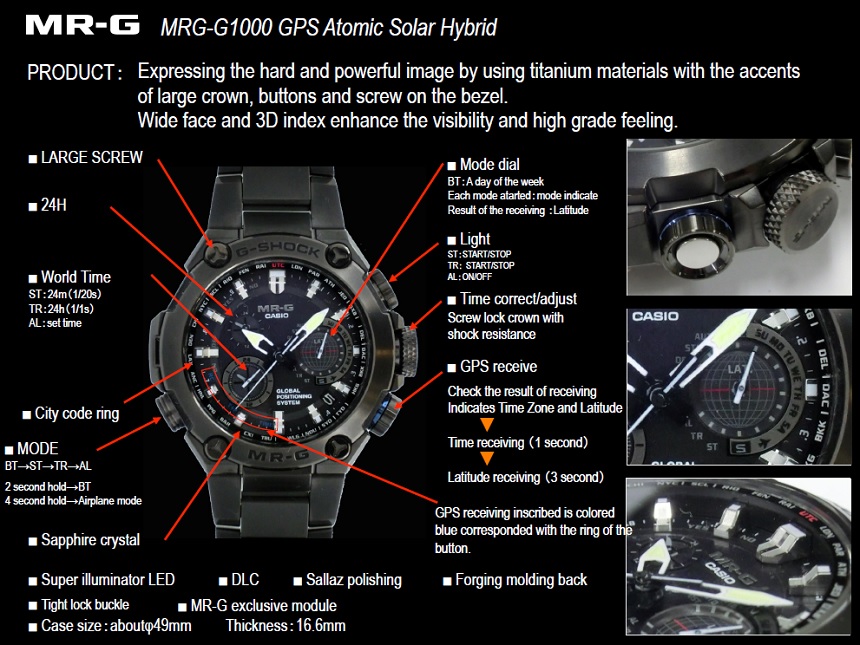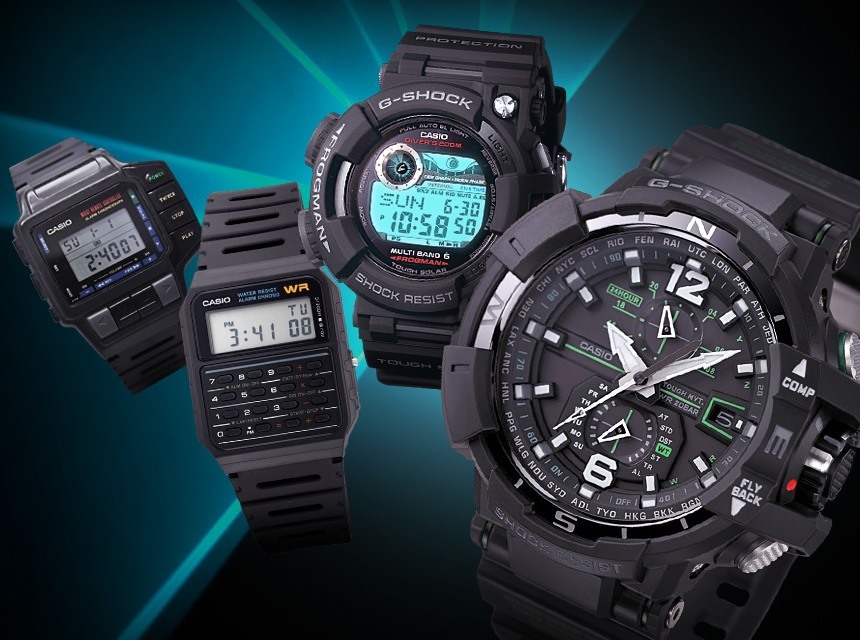
It is almost the middle of 2015, and now that the Apple Watch is here, people are still asking me “when is Casio going to release their smartwatch?” In a sense, much of what Casio already produces are “smartwatches,” and the Japanese company arguably created the segment with a number of interesting watches over the years that do more than just tell the time (starting back in the 1980s during the “quartz revolution”). In 2011, Casio even began producing Bluetooth-connected G-Shock watches that offer simple notifications and music controls along with a small number of other features (which continues in some models produced today). With all that in mind, why is it that a company which should be the obvious front-runner as a traditional watch brand (and electronics company) to making smartwatches, have seemingly nothing in their pipeline to address the question of what Casio’s answer to the smartwatch will be?
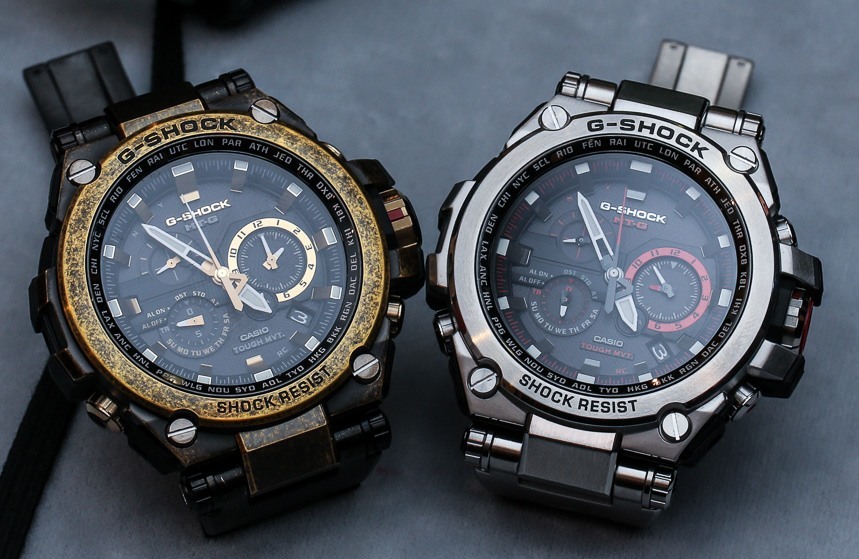
The high-end Casio G-Shock MT-G costs $1,000, showing that there is market for more luxuriously priced Casio watches
Some might say that Casio is waiting for the smartwatch market to become more established and for more universally adopted operating systems. That may be so, but Japanese electronics companies have at least historically had no fear about experimenting with new products in the market and attempting to discover new technologies that resonate with consumers. Just think about all the weird Seiko, Citizen, and Casio watches over the years that probably should not have been made – but nevertheless were. I’d like to know who was actually using all those Casio “Databank” watches with their primitive electronic address books and that model that came with a basic TV remote whose only useful function it seemed was to annoy large 1980s classroom teachers when they rolled in the TV stand to show a video.
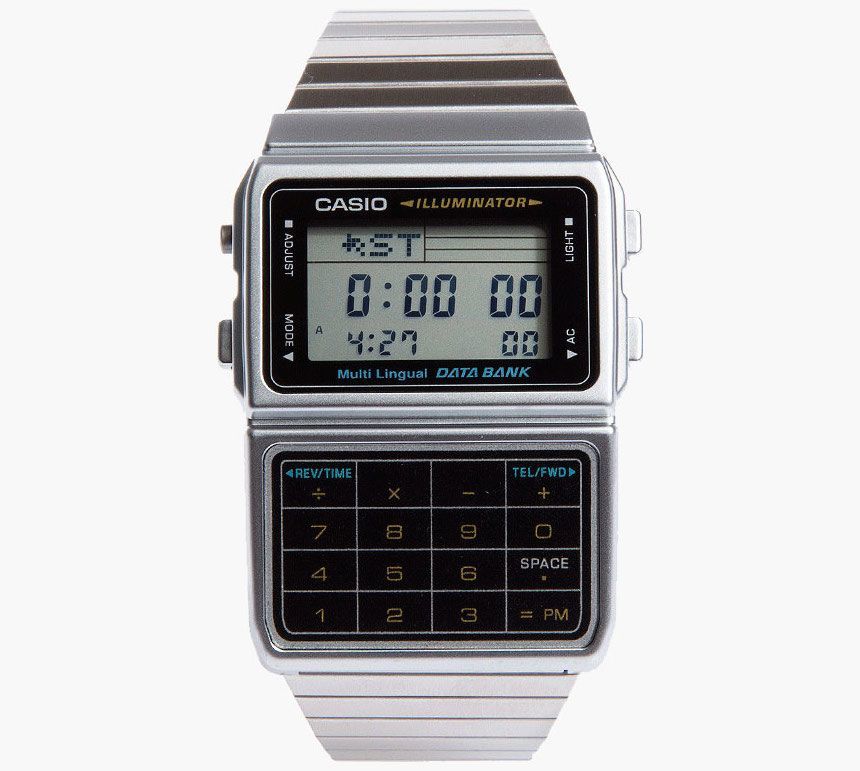
Casio and its Japanese colleagues should be heading smartwatch experimentation more than anyone else, and if you think about it, they could be trying to innovate a lot more now, even in regard to their non-connected G-Shock and Pro Trek models. Casio has been putting a lot of effort into improving or refining their core watches and adding some features such as GPS signal control to update the time and date in some models, but why is Casio suddenly so seemingly conservative?
A look at most of Casio’s new features and technologies over the last decade or so will reveal – as I mentioned earlier – a lot of impressive improvements but rarely “new new” features. These improvements run the gamut of creating more powerful and smaller quartz movements, more durable cases, and features which assist with legibility. One of the more curious areas of R&D at Casio has been the deep focus on offering more and more high-function analog watches.
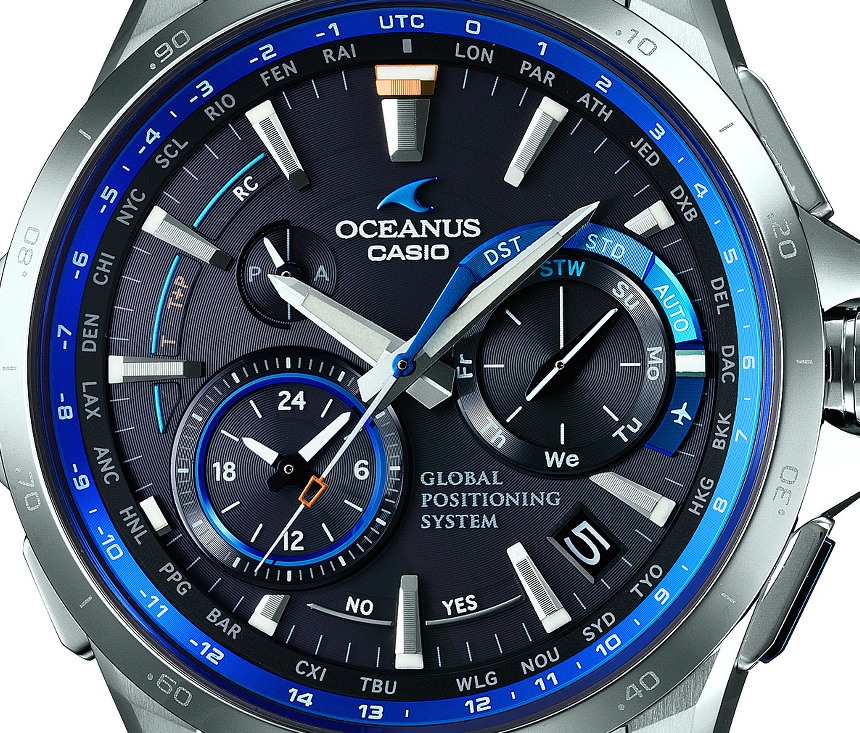
What do I mean? Well, rather than stick to the versatility of a digital screen, so many Casio Pro Trek and G-Shock watches attempt to create in analog form (with hands) what their counterparts so easily did with digital screens. The result is often times a functional success (in that the watches work), albeit something that often involves unnecessary complexity in the operation of the watch or in how the information is displayed. Speaking to many people at Casio over the years, it appears that this focus is primarily based on what Casio deems to be marketability. In effect, Casio has been producing analog watches because they feel that analog watches do better in the market.
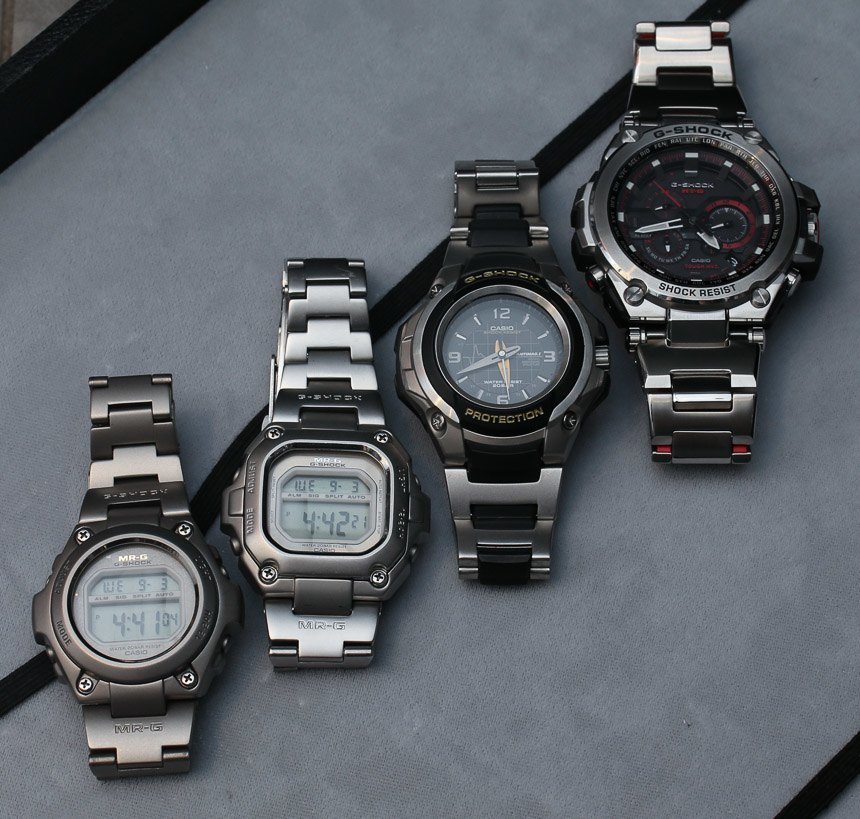
This isn’t incorrect, but at the end of the day, the resulting efforts at Casio have produced some very interesting and sometimes strange products whose goals are difficult to understand outside of this context. Casio is a company who produces and sells far more watches in terms of volume that most other watchmakers, so overall marketability and sales success is extremely important when you decide to produce hundreds of thousands or even millions of a watch.
It is possible that Casio has been too focused on following the market rather than helping to create it? This is an argument that can certainly be made in regard to Casio’s apparent lack of really expanding the smartwatch market. In the early 1990s, if you would have taken a guess at the future of Casio watches, it would have not been a stretch to imagine that in 10 or 20 years they would be producing complicated wrist-worn computers that rival the functionality of personal digital assistants (PDAs) or other computing devices. Assuming mobile phones did not deeply cut into the sale of wrist watches, it is perhaps likely that Casio would have been fully incentivized to take their watch product development in that direction.
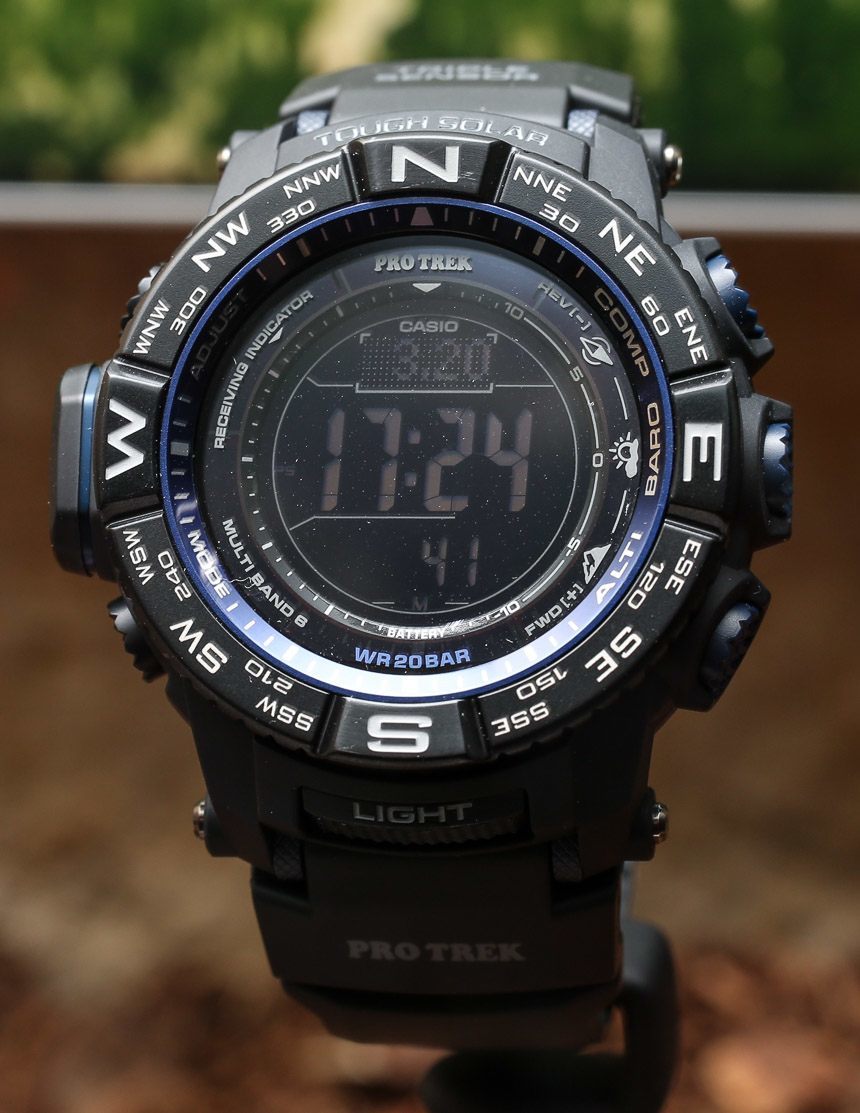
What Casio did do, however, is appeal to the markets that it was doing the best in. Such markets are areas such as watches for military and law enforcement personnel, outdoors enthusiasts, general sports lovers, and urbanites looking for “bullet-proof” timekeepers that require little to no attention. If anything, Casio has succeeded in making an ultra durable timepiece that doesn’t require much attention and almost no upkeep.
Two technologies employed by Casio (and others such as Citizen and Seiko) helped the “set it and forget it” nature of many of their products. These are solar power generation (where available light – sunlight or otherwise – enters the dial and is used to charge the battery, as well as atomic clock radio signal reception. Taking these two technologies together, you have quartz-based watches that do not require battery changes and do not require time adjustments because the time is updated automatically. The more recent focus on creating watches that receive GPS signals to update the time automatically (or manually) is simply an extension of this theme.
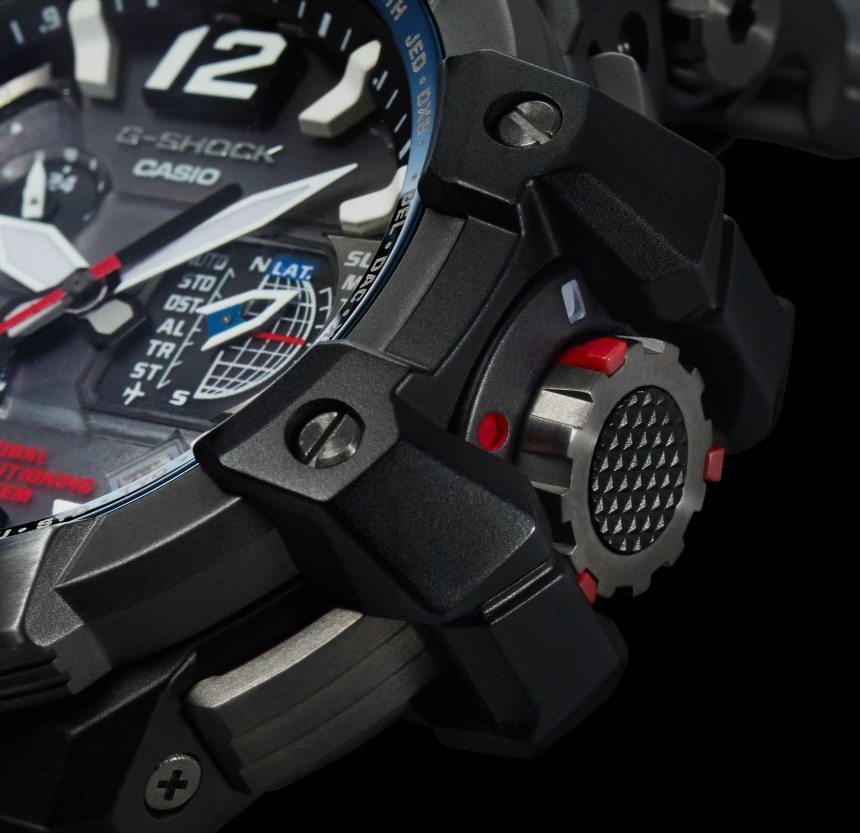
Watches such as those in the G-Shock collection are also famously hard to break. Casio has a well-earned reputation for creating dependable timekeepers, but the question is why they stopped at that? Even though your average digital Casio watch has a slew of features related to telling the time and in some instances sensors such as a compass or barometer, why did Casio not work to integrate additional technologies into their products?

